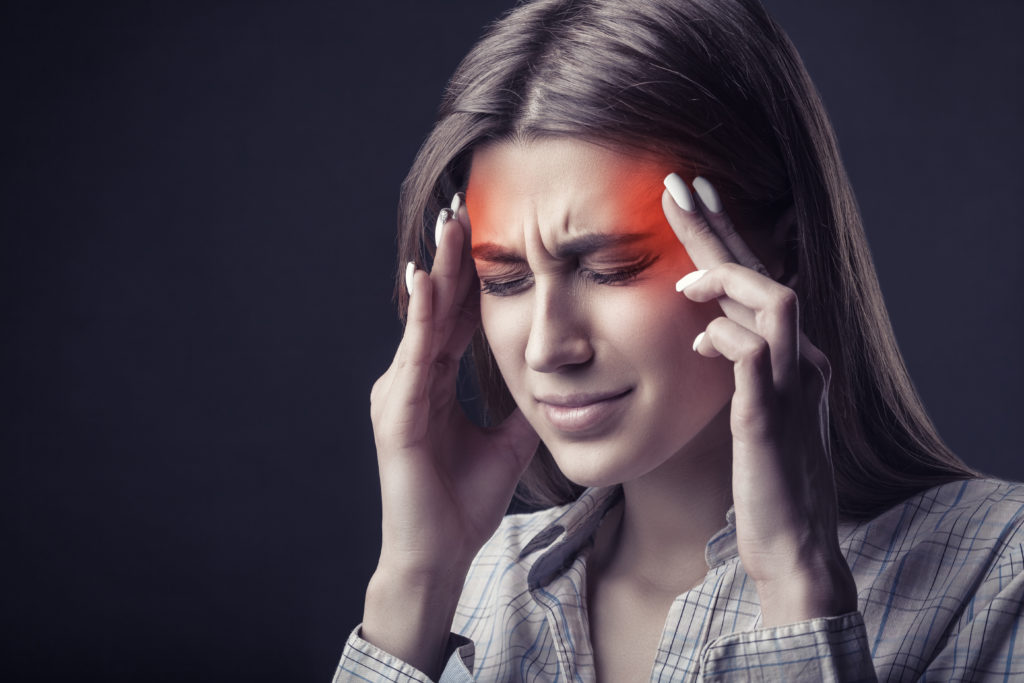Snoring and Sleep Apnea
 What is sleep apnea?
What is sleep apnea?
Sleep apnea is a serious sleep disorder that occurs when a person’s breathing is interrupted during sleep. People with untreated sleep apnea stop breathing repeatedly during their sleep, sometimes hundreds of times. This means the brain — and the rest of the body — may not get enough oxygen.
Types of Sleep Apnea
- Obstructive sleep apnea (OSA):Â Obstructive Sleep Apnea is the more common of the two forms of apnea. It is caused by a blockage of the airway, usually when the soft tissue in the back of the throat collapses during sleep and occurs more commonly in overweight people.
- Central sleep apnea:Â Unlike OSA, the airway is not blocked, but the brain fails to signal the muscles to breathe, due to instability in the respiratory control center.
- Complex sleep apnea syndrome:Â This is also known as treatment-emergent central sleep apnea, occurs when someone has both obstructive sleep apnea and central sleep apnea.
If you think you might have any form of sleep apnea, call to schedule an appointment with Cosmetic Dentistry Center. Treatment can ease your symptoms and may help prevent heart problems and other complications.
Symptoms of Sleep Apnea
The usual suspects may be experiencing the following signs:
- Loud Snoring
- Hypertension
- Obesity
- Headaches
- Daytime fatigue
- Episodes of breathing cessation during sleep witnessed by another person
- Abrupt awakenings accompanied by shortness of breath, which more likely indicates central sleep apnea
- Awakening with a dry mouth or sore throat
- Morning headache
- Difficulty staying asleep (insomnia)
- Excessive daytime sleepiness (hypersomnia)
- Attention problems
- Irritability
- Premature aging of the skin
- Memory disorders (Dementia, Alzheimer’s)
- Erectile dysfunction
- Clenching of the teeth while sleeping (Bruxism)
- Low T (testosterone) in men
- Acid Reflux
Along with these above red flags, untreated sleep apnea also increases your risk of cancer, heart attack or stroke.
Sleep Apnea Causes
Sleep apnea is a potentially serious sleep disorder in which breathing repeatedly stops and starts. Common causes for sleep apnea include the following:
- Blockage in the throat (around the voice box)
- Tongue falling into the throat
- Narrowing of the nasal passage
- Jaw sliding backwards and pressing on the throat
- Soft palate blocking airflow
How to Diagnose Sleep Apnea
Our dentists may create an evaluation based on your signs and symptoms or may refer you to a sleep disorder center. Such an evaluation often involves overnight monitoring of your breathing and other body functions during sleep. Home sleep testing may also be an option. Tests to detect sleep apnea may include:
- Nocturnal polysomnography. During this test, you’re hooked up to equipment that monitors your heart, lung and brain activity, breathing patterns, arm and leg movements, and blood oxygen levels while you sleep.
- Home sleep tests. In some cases, your dentist may provide you with simplified tests to be used at home to diagnose sleep apnea. These tests usually involve measuring your heart rate, blood oxygen level, airflow and breathing patterns. If you have sleep apnea, the test results will show drops in your oxygen level during apneas and subsequent rises with awakenings. Test results are evaluated by a Boarded Sleep Physician if scores are not within normal limits.
Portable monitoring devices don’t detect all cases of sleep apnea, so our dentists may still recommend polysomnography even if your initial results are normal.
Sleep Apnea Treatments
For milder cases of sleep apnea, we may recommend only lifestyle changes, such as losing weight or quitting smoking. If you have nasal allergies, we recommend treatment for your allergies first. If your signs and symptoms still don’t improve, a number of other treatments are available.
Oral Appliance
There are several treatment options for sleep apnea. One of the options is the oral appliance. Also called Jaw Advancing Device (JAD) or Mandibular Advancement Device (MAD), these sleep apnea oral appliances are custom made by our dentists using a plastic-like mold to form to the specific shape of the patients teeth and mouth.Sleep apnea oral appliances work by moving the jaw forward, which increases the size of the upper airway, thus reducing the air resistance that leads to sleep apnea and snoring. Not only do they work against sleep apnea, they are also effective to stop snoring.

Click here for more information.
Continuous positive airway pressure (CPAP)
If you have moderate to severe sleep apnea, you may benefit from a machine that delivers air pressure through a mask placed over your nose while you sleep. With CPAP, the air pressure is somewhat greater than that of the surrounding air, and is just enough to keep your upper airway passages open, preventing apnea and snoring.
Although CPAP is the most common and reliable method of treating sleep apnea, some people find it cumbersome or uncomfortable. Some people give up on CPAP, but with some practice, most people learn to adjust the tension of the straps to obtain a comfortable and secure fit.
If CPAP continues to be a problem for you, you may be able to use a different type of airway pressure device that automatically adjusts the pressure while you’re sleeping (Auto-CPAP). Units that supply bilevel positive airway pressure (BiPAP) are also available. These provide more pressure when you inhale and less when you exhale.
Expiratory positive airway pressure (EPAP)
These small, single-use devices are placed over each nostril before you go to sleep. The device is a valve that allows air to move freely in, but when you exhale, air must go through small holes in the valve. This increases pressure in the airway and keeps it open.
Schedule a Consultation
If you have any questions about sleep apnea and believe you may experiencing any of the symptoms listed above, contact our office today. Call our dentists at 617-965-7673 to schedule a consultation.
